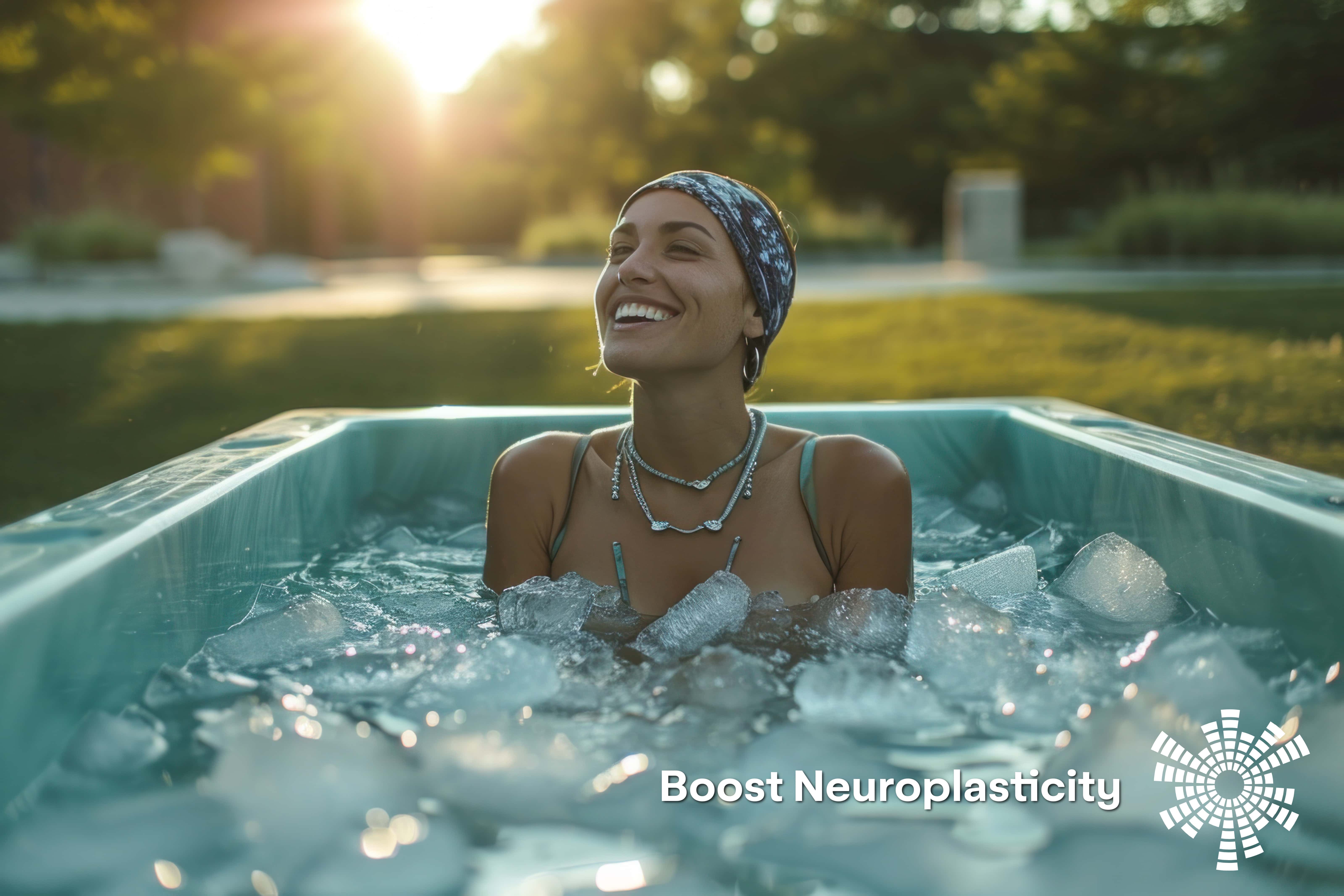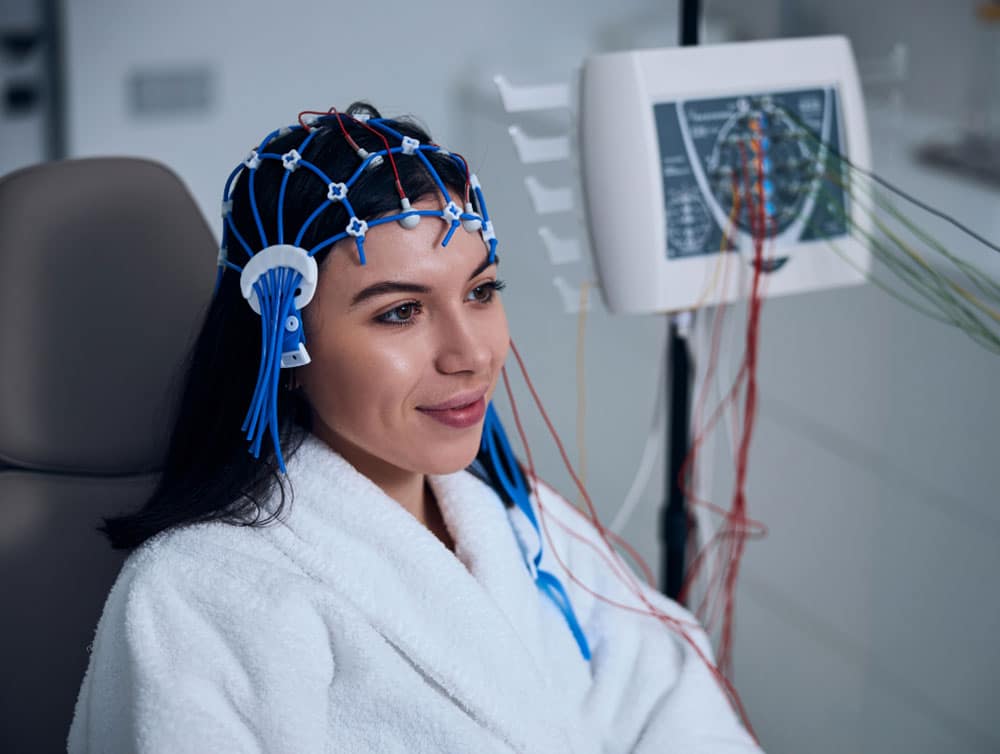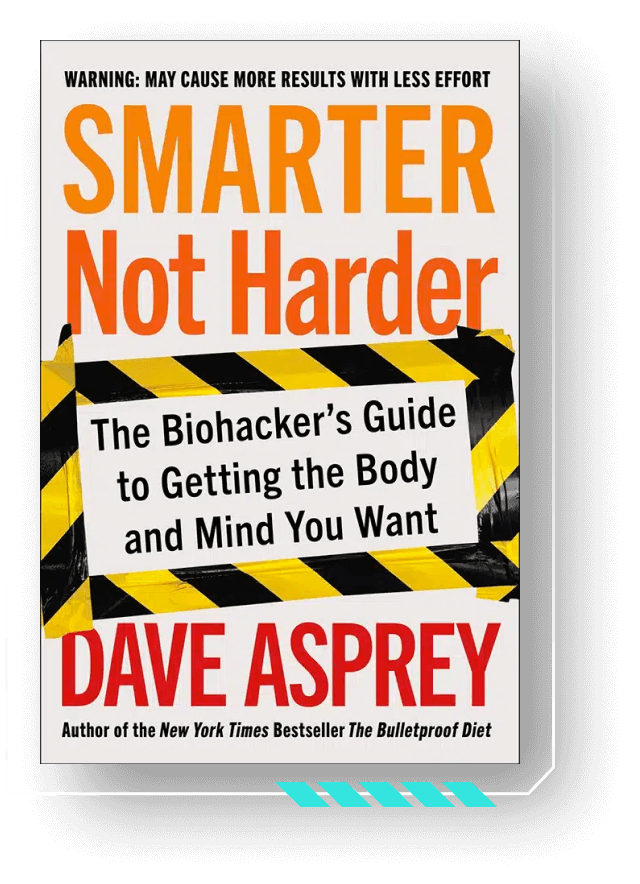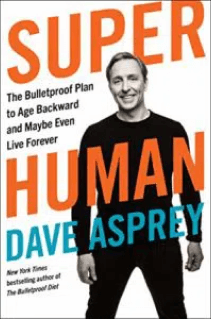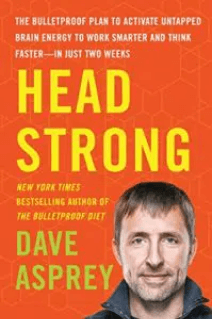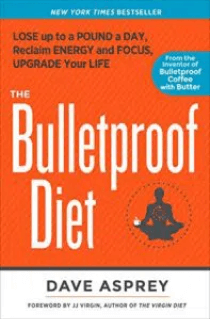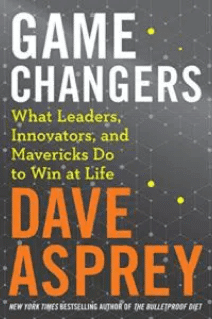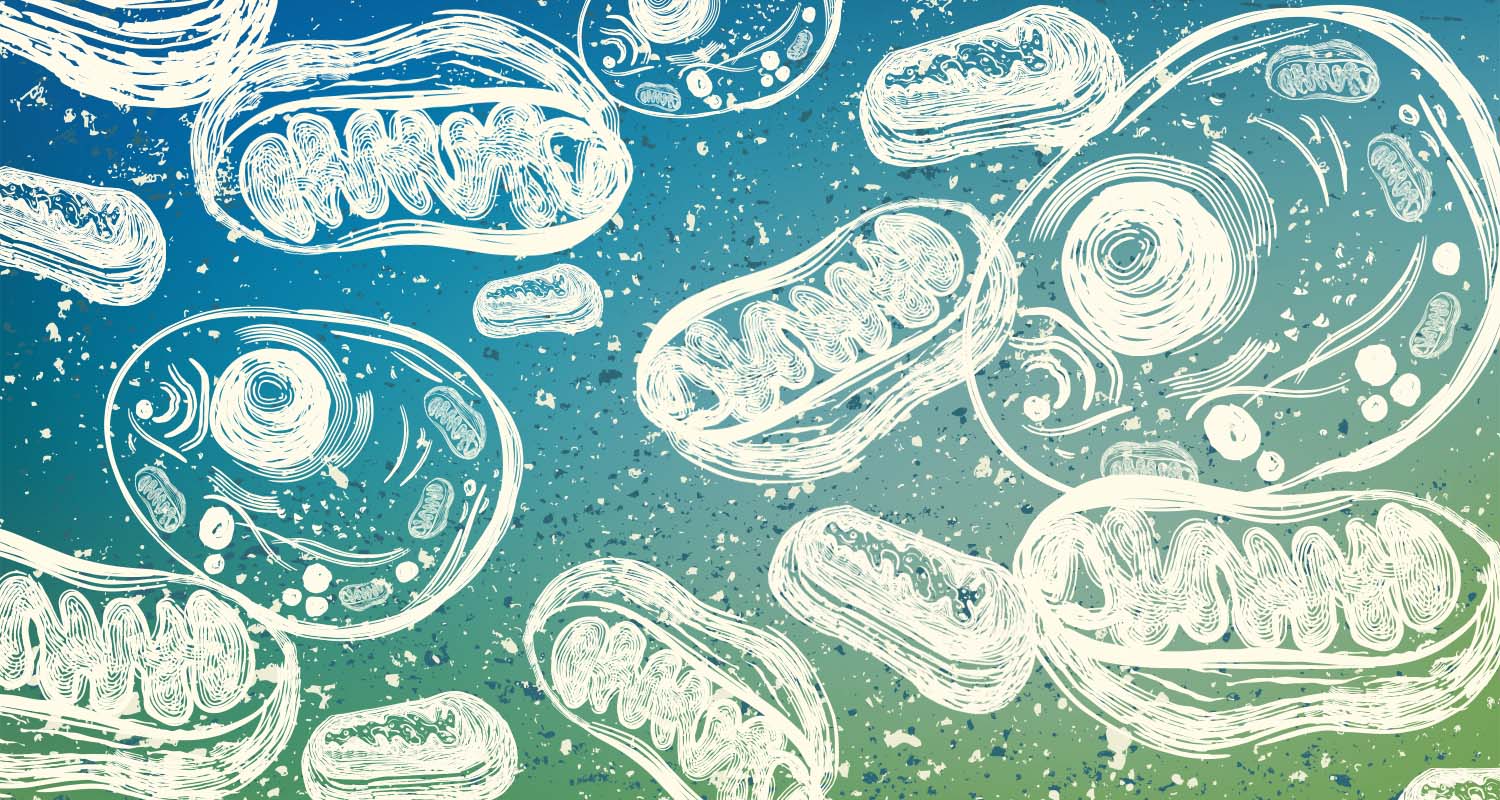
[tldr]
- A lot of people can still quote their middle school science teacher: “mitochondria are the powerhouses of the cell.” Mitochondria are structures in your cells that make energy for day-to-day activities.
- When you don’t have enough mitochondria, and when the ones you have aren’t working well, and when you don’t produce them consistently, you get mitochondrial dysfunction.
- Mitochondria decide how you feel. But, you’re still in charge of them. Read on for some things you can do to keep your mitochondria happy, so that they can keep you operating at full power.
[/tldr]
If you’ve been poking around the blog, you see a lot of talk about mitochondria. If this is your first time here, you’re about to change the way you think about everyday functioning.
These microscopic overlords are responsible for how you feel right now. They determined what size free weights you picked up for today’s workout. They established whether or not you read these paragraphs fluidly, or whether you mindlessly scanned, then had to go back and re-read so that you can process the words in front of you. The influence they have is not an exaggeration.
Preserving the mitochondria you have, and coaxing your cells to make more of them may lengthen your lifespan. Mitochondrial dysfunction is one of the main characteristics of aging and disease. In fact, researchers can link mitochondrial dysfunction with nearly every age-related disease, including Alzheimer’s and cardiovascular disease. Symptoms of weakening mitochondria have an almost perfect overlap with the things we associate with aging, like fatigue, excess fat, and declining cognitive ability.
Your mitochondria are in charge, but you can own them. Read on to learn about the function of mitochondria and how you can strengthen them, and do life better (and possibly longer) as a result.
Mitochondria are the key to living better, longer. Grab a copy of my new book to learn more about aging backward.
Where did mitochondria come from?
There is compelling biological evidence that mitochondria were once independent, single-celled organisms. Millions of years of progression shows that mitochondria started as bacteria that worked together with other cells for mutual benefit (symbiosis), then started living inside of other organisms for mutual benefit (endosymbiosis). Over time, these cells became dependent on each other to survive, and now mitochondria are in every cell in every creature on the planet.[ref url=”https://www.nature.com/scitable/topicpage/mitochondria-14053590″]
Because they started out as their own independent creature, your mitochondria are semi-autonomous. That means they have their own DNA that’s separate from the DNA that you find in it’s cell’s nucleus. And, they can make some of their own proteins and enzymes.
What are mitochondria?
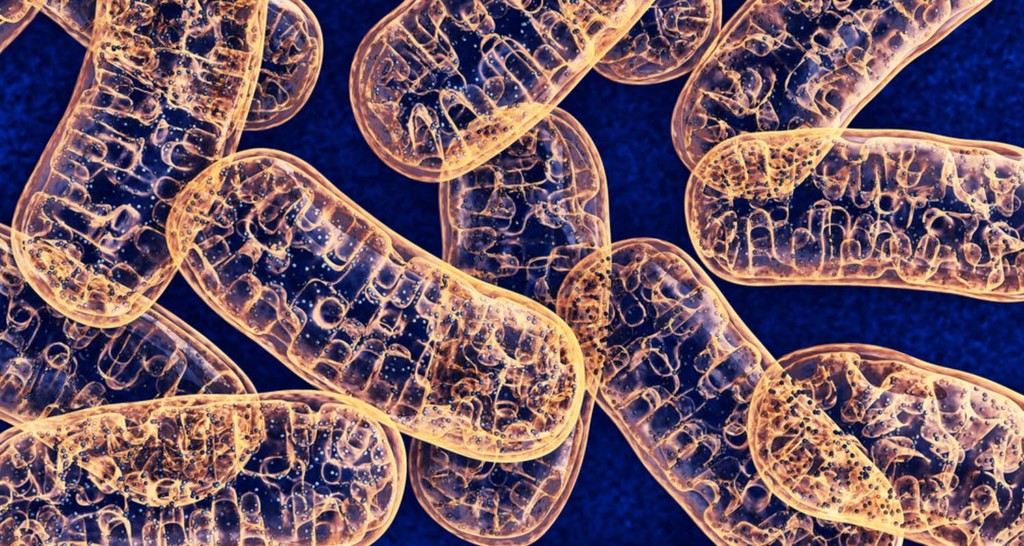
Mitochondria are organelles, which are structures within cells that have a specific job.
A lot of people can still quote their middle school science teacher: “mitochondria are the powerhouses of the cell.” Mitochondria are structures in your cells that make energy for day-to-day activities. Think of them as battery packs in every cell in your body.
Ample, strong mitochondria form the basis for your body- and brain- power. How strong your mitochondria are and how many you have determine how you feel at any given moment.
For a strong body and brain, you want strong mitochondria that create a steady flow of energy, and you want a lot of them. Cells with strong mitochondria work well, and systems with robust cells keep the whole body humming.
Quality and quantity matter. Some cells require more energy than others, and healthy cells have the quantity of mitochondria they need to keep the party going. For example, your brain is a system of electrical impulses, so it is naturally a huge energy hog. It burns through more energy than any other organ, up to one-fifth of your body’s total energy. So, brain cells have a ton of mitochondria.
Weak mitochondria and mitochondrial dysfunction
Producing energy releases free radicals. Even though mitochondria are part of the reason free radicals occur, they’re just as vulnerable to stress and damage from free radicals as anything else. Over time, your mitochondria become weaker and die off as you age. All the not-so-fun aspects of aging – fatigue, fat storage, and a decrease in muscle mass and cognitive decline – are all symptoms of impaired mitochondria.
Especially as you age, you want to continue producing new mitochondria to generate as much energy as your cells and organs need, and to have enough energy to live the kind of life you want to live.
On the flipside, when you don’t have enough mitochondria, when the ones you have aren’t working well, and when you don’t produce them consistently, you get mitochondrial dysfunction. Mitochondria problems tank your energy levels and you end up with problems you wouldn’t expect have anything to do with your ability to make energy, like cardiovascular disease and obesity.[ref url=”http://www.ncbi.nlm.nih.gov/pubmed/18662766″]
Related: The Secret to Longevity: Keep Your Heart (and Mitochondria) Strong
How to support your mitochondria
Sure, mitochondria decide how you feel. But, you’re still in charge of them. Here are some things you can do to keep your mitochondria happy, so that they can keep you operating at full power.
Get better sleep

Sleep disorders and mitochondrial dysfunction go hand in hand. Even without a sleep disorder diagnosis, poor sleep habits make your mitochondria weak.[ref url=”http://www.ncbi.nlm.nih.gov/pubmed/25325607″] That’s because sleep is when cells, especially your brain cells, clean house. When cells go about their day-to-day functioning, they make waste, and when you’re sleeping, mitochondria make energy for your cells to take out the trash. Here’s how to hack your sleep so that your cells can unload the junk and make way for more power.
Keep inflammation down

Inflammation and mitochondria don’t mix. Mitochondria are extremely vulnerable to inflammation,[ref url=”http://www.ncbi.nlm.nih.gov/pubmed/25684584″] and you want to keep as many intact as you can. Ways to calm inflammation include:
- Bulletproof protein fasting. Once a week, keep your protein low to induce autophagy,[ref url=”https://daveasprey.com/autophagy-for-longevity-detoxification/”] which is the healthy destruction of damaged cells to make way for new ones.
- Omega-3 fats. Too many omega-6s and not enough omega-3s contribute to inflammation. A high-quality omega-3 supplement, like krill oil, will shift your omega-6:omega-3 ratio to a low range, which will lower inflammation.
- Lower your toxic load. Eating clean[ref url=”https://daveasprey.com/the-complete-illustrated-one-page-bulletproof-diet/”] helps to reduce your toxic exposure, and you can use these methods to ramp up detoxification. When the energy from your mitochondria aren’t wasting so many resources on your waste, it can go toward making you feel amazing instead.
Exercise

Your mitochondria respond to the increased demand for energy by making more energy, and by making more mitochondria. One study found just two weeks of HIIT “significantly increased mitochondrial function in skeletal muscle.”[ref url=”http://www.ncbi.nlm.nih.gov/pmc/articles/PMC1540458/”] Here are some quick and effective 10-minute routines to keep your cells strong and inflammation to a minimum.
Related: Feed Your Mitochondria and Boost Your Workout With MCT Oil, Says Study
Adopt a cyclical ketogenic diet

Mitochondria love using ketones as fuel, and if you give them what they want, they’ll love you back. Here’s how to do high fat, low carb correctly to get into the fat-burning, ketone- generating state as quickly as possible.
Your microscopic mitochondria are in charge, but only to the extent that you let them rule you. Remember, you own them, you feed them, and you create the environment that makes them decide whether to serve you or hold you back.

